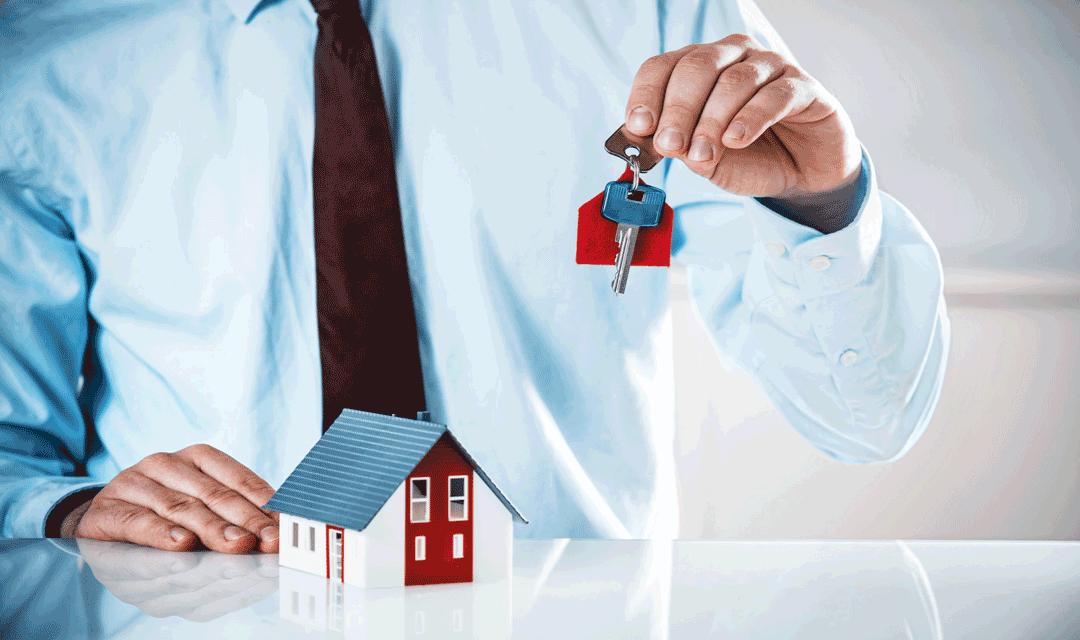
Principal Residence Rules
Since 1982, each family unit (including you, your spouse or common-law partner, and any unmarried kids under the age of 18) has been able to designate one property as its principal residence for each calendar year. To simplify the explanation, if you own a property for, say, ten years and you designate it as your principal residence for five of those ten years, you’ll be able to shelter one half of any gain on that property from tax using the principal residence exemption (PRE).
To designate a property as your principal residence, you have to “ordinarily inhabit” the place. There’s no definition of “ordinarily inhabit” in our tax law. Still, the Canada Revenue Agency assumes that living in the home for even a “short time” should be sufficient. So, a seasonal cottage could qualify, for example. But it must also be true that the property is not primarily used for earning income – like a rental property. Finally, the property must also be a “capital property.”
Short-term ownership issues
While there’s no specific time frame over which you have to own a property for it to qualify as a principal residence, the taxman will take offence if you try to claim the PRE when your intention was really to flip the property for a profit after a short time.
The property must be a “capital property” to qualify for the PRE. If you intend to buy, perhaps fix and then flip the property, the taxman believes this is more akin to business inventory than a capital property. In this case, you could be taxed on your profits as regular business income.
If you buy a property for long-term personal use or to earn income, then you’ll have a better argument that the property is a capital property subject to capital gains tax treatment on a sale. Again, if it’s for personal use (not primarily income-producing), then you may be able to shelter any capital gain from tax using the PRE.
Capital improvements
Be sure to keep track of all your capital improvements on your property – particularly if you’re going to face tax on all or any portion of a gain on a sale later.
Capital improvements can be added to your initial cost of the property when calculating your adjusted cost base (ACB). The difference between your sale proceeds and your ACB will be the capital gain that could be taxable.
Capital improvements extend the useful life of the property or restore it beyond its original condition. Things such as a new roof, swimming pool, permanent landscaping, major renovation, or a new addition to a home are typically capital improvements.
Long-standing ownership
If you already own a home you’ve held since before 1982, it may be possible to shelter more than one property with the PRE. Before 1982, each individual – not each family unit – was entitled to their PRE. Today, it’s still possible to shelter pre-1982 gains on more than one property – including the cottage. And if you’ve owned a home since before 1972, you won’t face tax on any capital gains before that year since capital gains weren’t taxable back then. Speak to a tax professional about these ideas.
Changing the use of the property
If you change the use of a property from personal use to income-producing or the other way around, you’ll be deemed to have sold, and to have reacquired, the property at the time of the change in use. This could trigger a tax bill if you’re converting a rental property to personal use.
Don’t hesitate to contact RGB Accounting by phone at (416) 932-1915 or by email at [email protected] if you need help with this matter. We’ll be pleased to assist you.
Source: The Globe And Mail
Newsletters
Newsletter – March 2019
NewslettersEvents & SponsorshipArticles & Publications
Newsletter – February 2019
NewslettersEvents & SponsorshipArticles & Publications
Newsletter December 2018
NewslettersEvents & SponsorshipArticles & Publications
Newsletter November 2018
NewslettersEvents & SponsorshipArticles & Publications
e-Newsletter – August 2018
NewslettersEvents & SponsorshipArticles & Publications
Events & Sponsorship
No Results Found
The page you requested could not be found. Try refining your search, or use the navigation above to locate the post.
Articles & Publications
Strategies to consider when buying a second property
Strategies to consider when buying a second property. There are three common types of second properties people are looking at when they wish to buy a second property: cottages, income properties and U.S. real estate. COTTAGE PROPERTIES If you've been looking to buy a...
Incorporating your Business in Canada
Tax Advantages of Incorporating your Business in Canada Incorporating your business may lead to lower taxes depending on your particular situation and the province in which you operate. Incorporating can save you money once the business generates more income than you...
How much is child benefit in Canada per month?
How much is child benefit in Canada per month? For each child: under six years of age: $6,833 per year ($569.41 per month) 6 to 17 years of age: $5,765 per year ($480.41 per month). Will child benefit increase in 2021? On July 20, the Minister of Families, Children...
Is Cryptocurrency Taxable in Canada?
Is cryptocurrency taxable in Canada? According to CRA, possessing or holding a cryptocurrency is not taxable. However, selling, making a gift, trading or exchanging a cryptocurrency, including disposing of one to get another, or converting cryptocurrency to a...
Have Unfiled Tax Returns For Years?
Do You Have Unfiled Tax Returns For Years? As for the record, the CRA wants you to file and pay your taxes on time every year. When you cannot do so, you may put yourself at risk of high penalty amounts and collection tasks like bank levies or wage garnishments. We at...